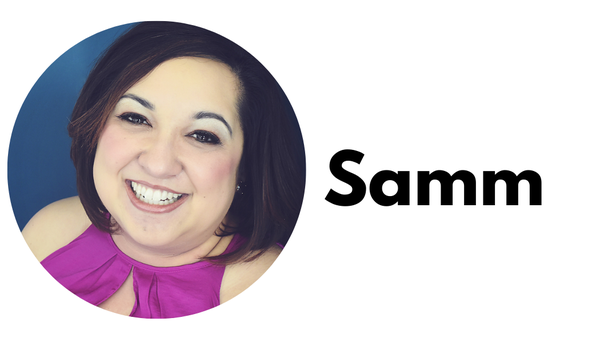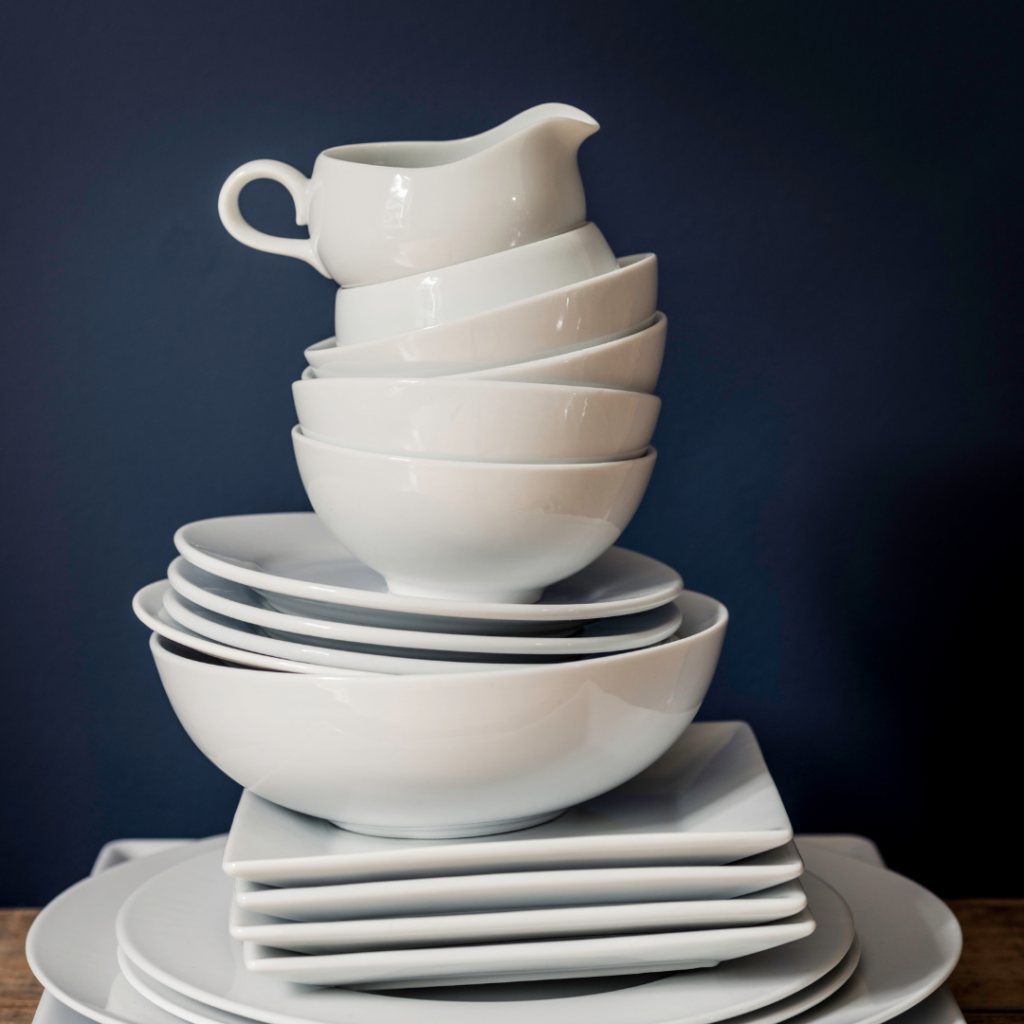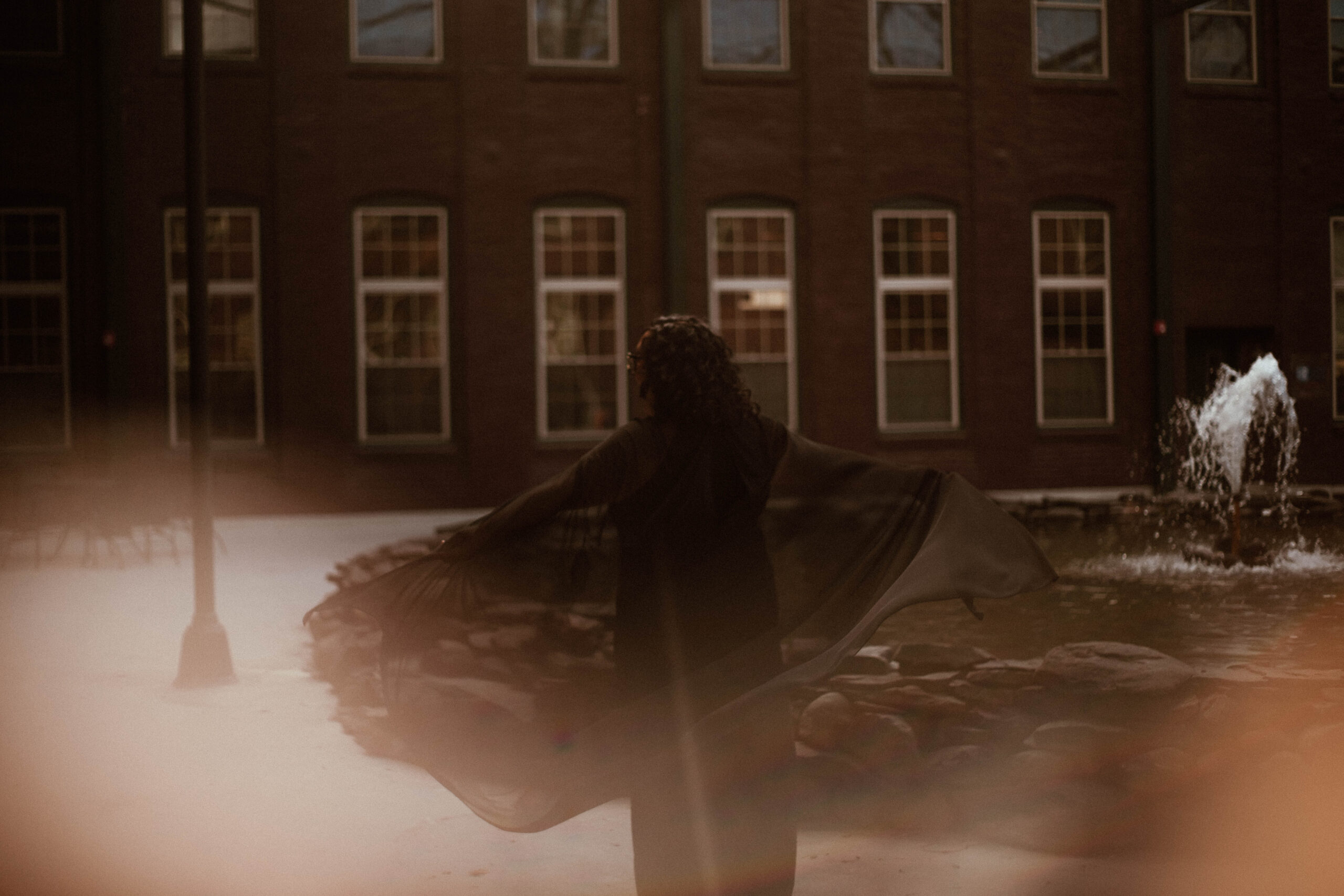Dear HRart Worker,
“The ADA defines a person with a disability as a person who has a physical or mental impairment that substantially limits one or more major life activities.” (Source)
If you work in HR, this is a definition you know well. For me though, it was always a definition that was stored on the compliance side of my brain. Rarely have I thought about ADA when it comes to culture work. However, as I continue my Medical Qigong studies, the line between culture and anything somewhat health-related on the compliance side have begun to merge.
Initially, my thoughts were strictly focused around how the data from the compliance side could possibly provide insight into the wellness of an organizational culture (but that’s a whole separate subject).
Often, people are taken back when we really unpack this definition of a disability. In fact, I have one client that has to work really hard to not be offended by things that could classify under this definition. Her belief is strong that we shouldn’t be so quick to categorize people under a term that literally translates to not being able to do something.
Disability does not define a person; in actuality it only identifies necessary boundaries to ensure an individual can be successful for a given time. At the HRart Center, I have the privilege of working with individuals that need these boundaries at times simply because life and work have become so overwhelming that it begins to impair their ability to live. It is these individuals that have sparked my curiosities into how our normative work lives potentially contribute to these impairments and if we are creating a trajectory for high performers that is inevitable.
Yet, as with most of my work, I quickly become the primary research subject. In the summer of 2021, I began experiencing severe panic attacks while traveling. One time I nearly ran off of a plane amidst boarding. To cope I broke down into tears like a hot sobby mess. During these moments, I was equally mortified and pissed off. After years of healing work, I felt like I was right back where I started. Literally, I was little Samm throwing toddler tantrums because I didn’t want my Mommy to leave me.
The aftermath of these attacks didn’t resolve once I returned home post travel, instead I found myself becoming more of a homebody and physically unable to venture out. When I did build up the courage to do so, I found myself cutting date nights short and counting the minutes until I could reasonably exit networking events. My only safe bubbles were my home and my office. Now to the outside world, I have been told that unless you witnessed one of my attacks I still looked like I had my crap together, but inside I was not okay.
Things ultimately came to a head the second week of January, when I was in a pretty bad car accident with my youngest daughter. We both walked away with just bruises and shock, incredibly grateful that it wasn’t worse. I openly admit that I never saw the other vehicle coming and still question the sequence of events desperate to make sense of them.
While I was attempting to orient myself right after impact, I heard a clear whisper in my ear, “you’re doing too much.”
Less is more has been my mantra for years now and slowly I have removed things from my plate. I’ve attempted to be reasonable and intentional about what I say yes to, but to be honest, it wasn’t enough. My plate was so full when I began my healing journey. I was living life at the all you can eat buffet with multiple plates piled high. My lightening the load methodology was slow and steady but these plates were simply too heavy and I was too tired.
I believe the panic attacks and my accident were those plates crashing down.
The clean up of the shattered pieces required a more aggressive approach. One that genuinely placed me as the top priority. This required some tough nos, some resignations and hard boundaries. Essentially, I’ve been placed on light duty.
Currently, I am only “working” 6-hours a day, I say that loosely because the entrepreneurial mind never truly shuts off. However, I’m never with clients or in front of a computer working for more than 6-hours a day. Some days since my schedule is so wonky, this means I have extended lunches, mornings at home, or afternoon end of workdays.
Sleep has become a priority. I’ve gone from 6-7 hours, to working my schedule so I can have 8-9 hours of sleep. This means less time with the kids, dogs and even my husband.
This light duty won’t be forever, however I believe it is hinting at a completed lifestyle adjustment indefinitely. I think it’s time to rethink what we have come to accept as standard for working conditions. Question the hours, question the amount, question it all.
I know with certainty I am not the only one who is on light duty because their plates came crashing down. Yes, some of them are because of life circumstances, however a lot of them are because of work. It’s time to truly care for our employees by diving deep into the structures we have organizationally created and recognizing what potential harm they might ultimately cause.
Sincerely,
Samm (she/her/hers)

p.s. This blog post was adapted from the Letters From the HRart fortnightly newsletter. I invite you to subscribe!


